-
GDX Model
I believe that it is important to see how the model operates in today's environment.
Below is a MF figure for the past 500 days. Please focus on the distance between signals. You can see that on the right of the Figure, we have had many signals issued: the model is whipsawing. This tells us that the model does not react well in this environment when cheaper PM miners attract more money because of a "safe heaven" feeling of gold related investments, but then goes down fast the next day when gold reacts negatively to us US$ bounce.
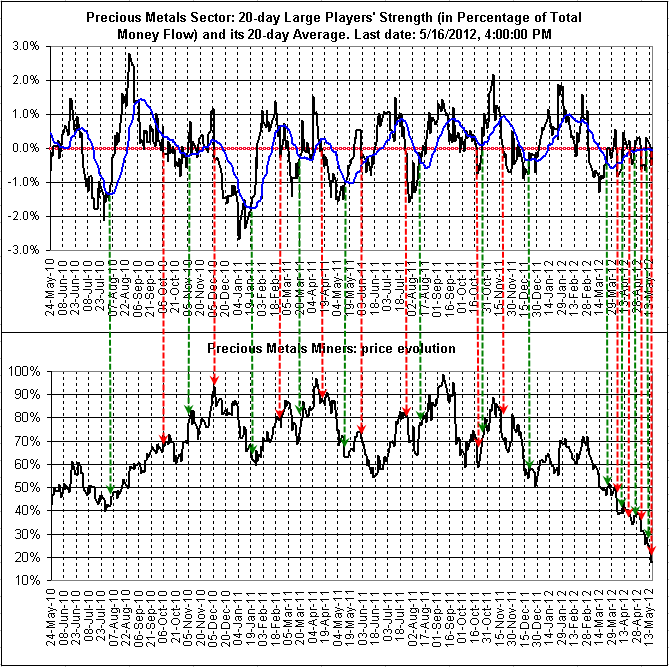
I believe that the model will work again in a more appropriate environment. However, today's environment is what we are faced with (Tuning the model to use longer time frame will fix the most recent whipsaws, but will destroy past performance.)
Turning to the RT model, we can see even more whipsaws. The model avoids us being on the wrong side of the trade, but the many whipsaws render an execution almost impossible, even for me. We also all know that whipsaws can kill a portfolio, especially when one uses leverage.
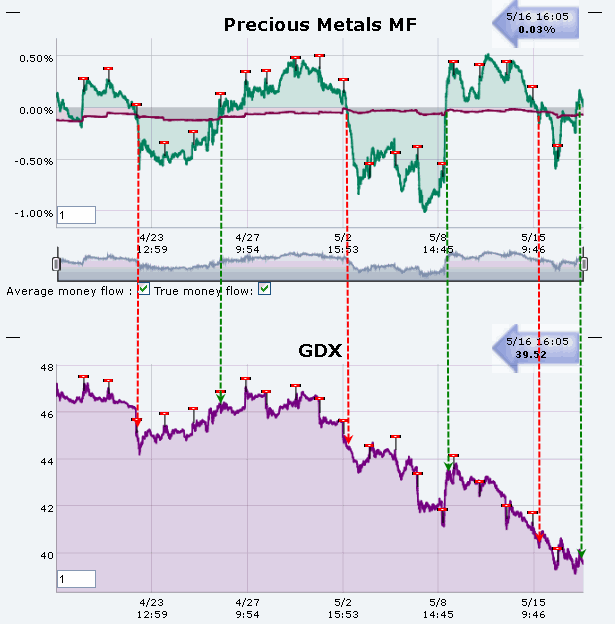
When we look at the average returns of each normal "Buy" trades from the GDX MF, we can see that for the first days of trading, the drawdown is important, while the return is almost nil. The figure shown below tells to "give room to the trade." However, the RT model works on the opposite of that principle: it says "change the position because there is a MF directional change". Since December 22, the EOD strategy produced a loss of 4%, while the RT strategy produced a gain a little higher than 9%, but with 2.5 times more trades, whose execution itself might be an issue.
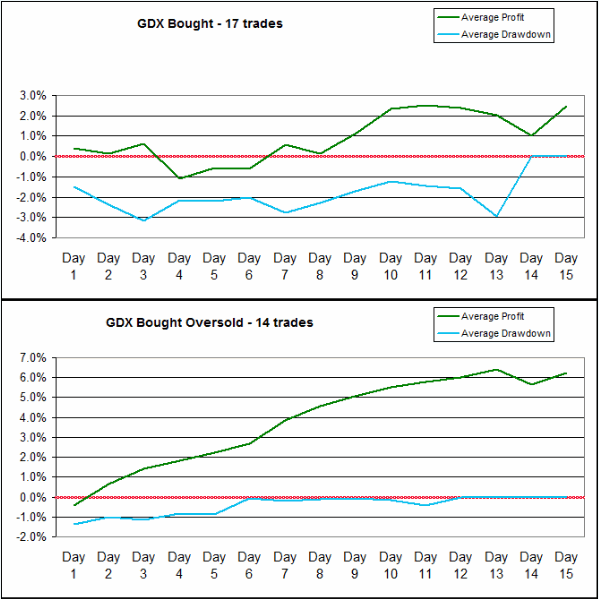
When we now look at the Bought Oversold signals, it is clear that these are better signals, with quicker payback and lower DD. However, we did not have such a signal since Mid of last year. A pretty safe strategy, but hardly a strategy that meets the need of an "active trader" like me.
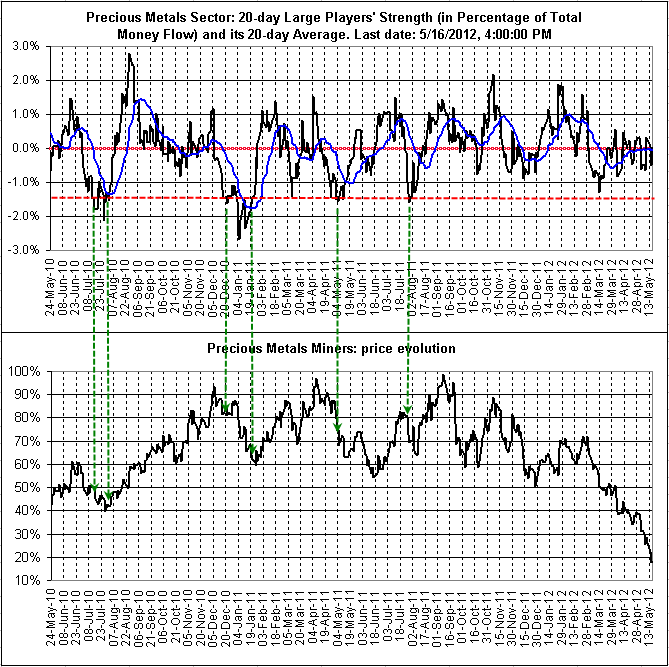
This is the reason why I am sticking to my strategy explained earlier: at each normal buy signal, I buy a 2014 leap using 10% of a normal position. This allows to "give room to the trade," while limiting the risk to a small position. The danger is that if the market continues to whipsaw, I would be forced to buy new leaps at every (cheaper) buy signal and end up building a losing position which could stay against me if the sector continues to be negative for another 18 months, which I doubt it will.
Yesterday, while I was not at my desk, the RT system issued a buy signal. Maybe time for another leap, if I can it cheap today.
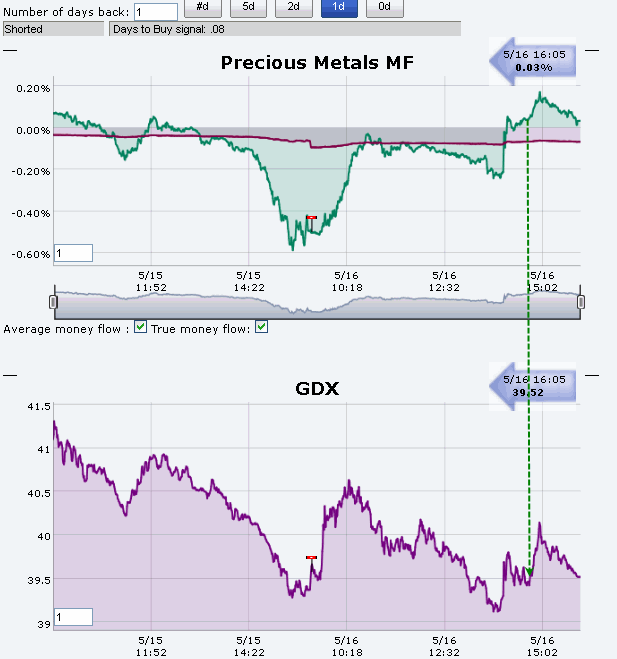
As a last word: you might have noted that most XLX models produce better trades when the signal is "Buy Oversold".
One strategy could be to Buy one position on a buy oversold signal of an XLX ETF and buy two positions when this signal is in the same direction as the 20DMF, but trade short only when the 20DMF issues a short signal.
For such a strategy, an E-mail alert system in RT seems appropriate, with a confirming e-mail 20 minutes before the close.
Anyway, something to think about.
Pascal
 Posting Permissions
Posting Permissions
- You may not post new threads
- You may not post replies
- You may not post attachments
- You may not edit your posts
Forum Rules




 Reply With Quote
Reply With Quote